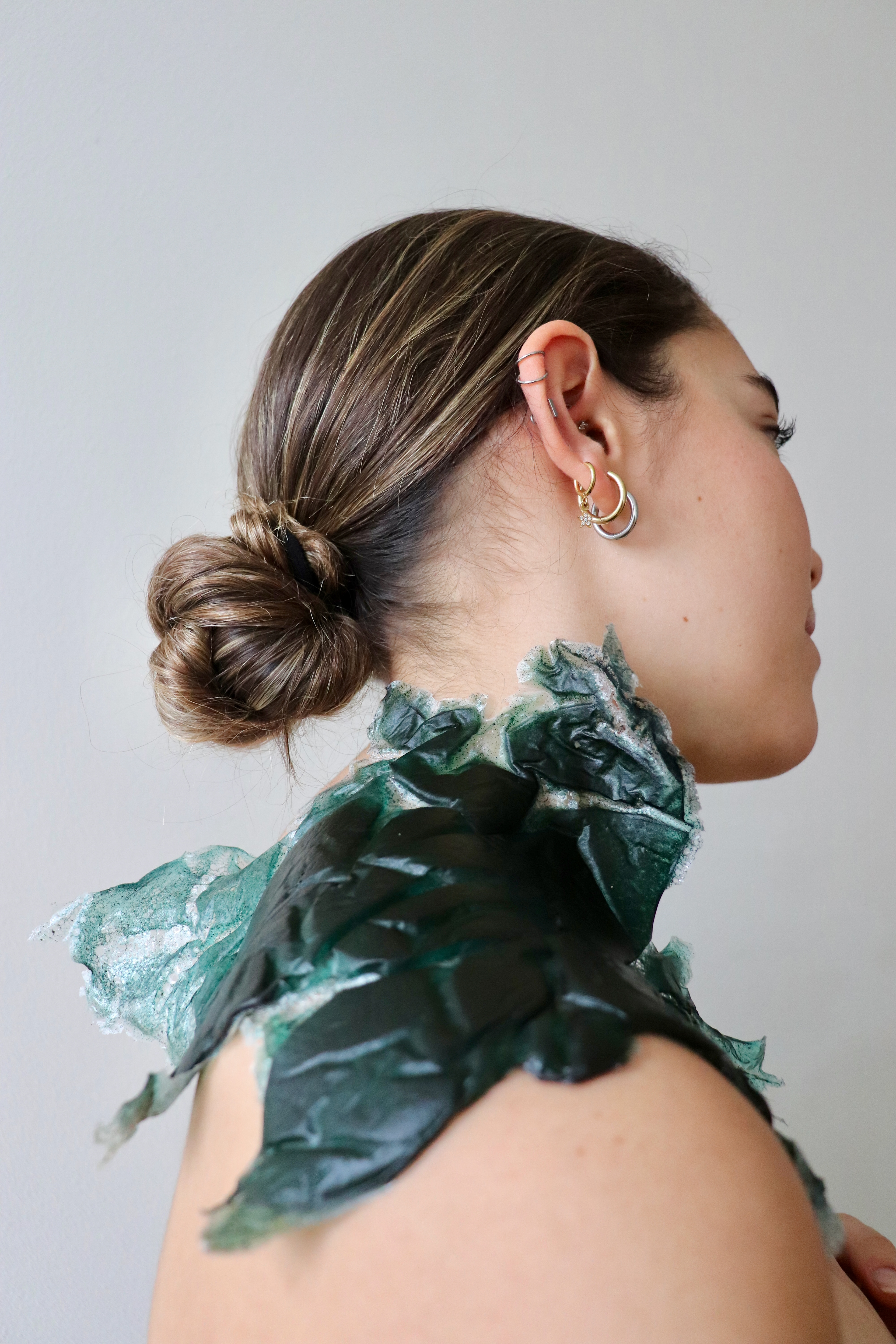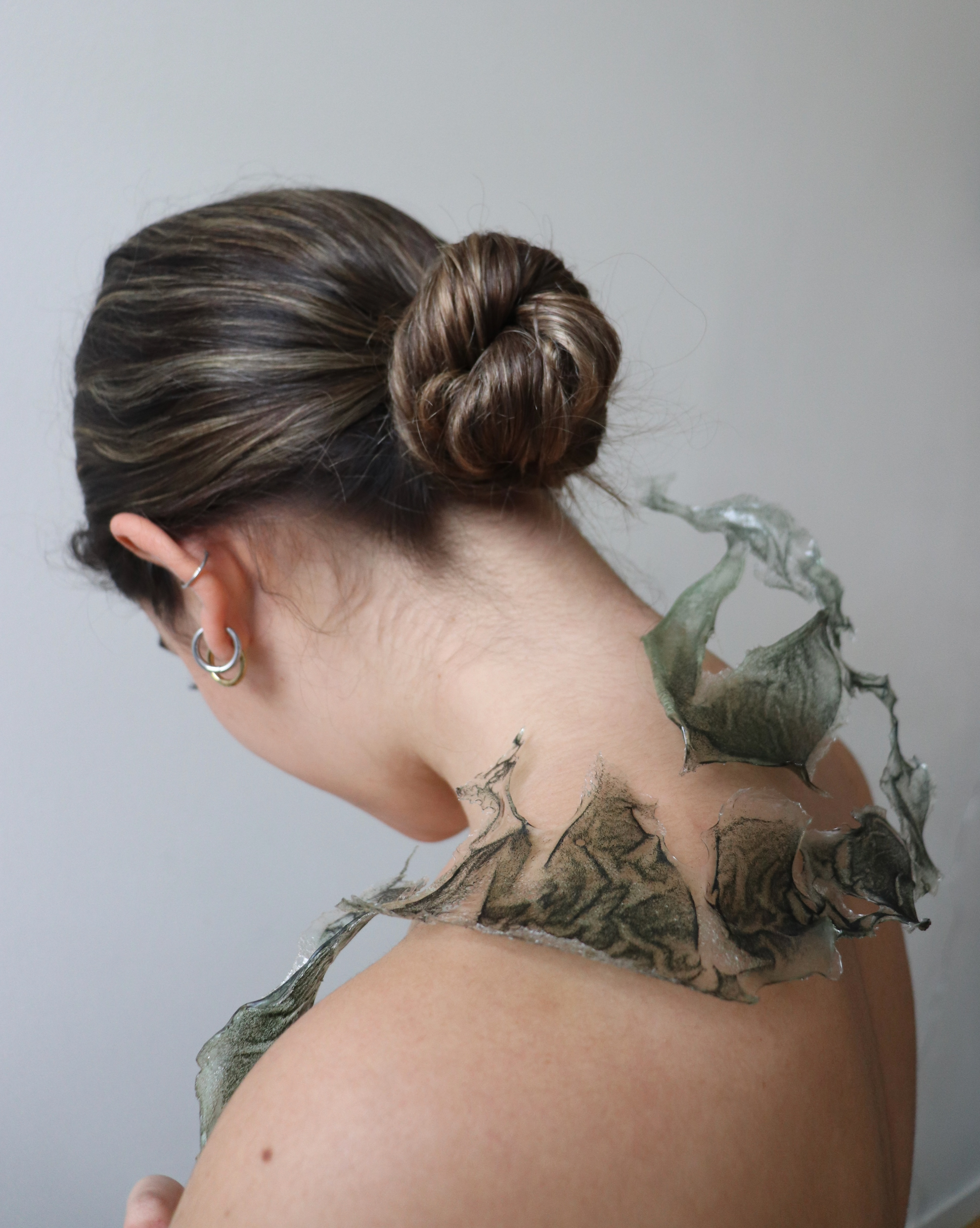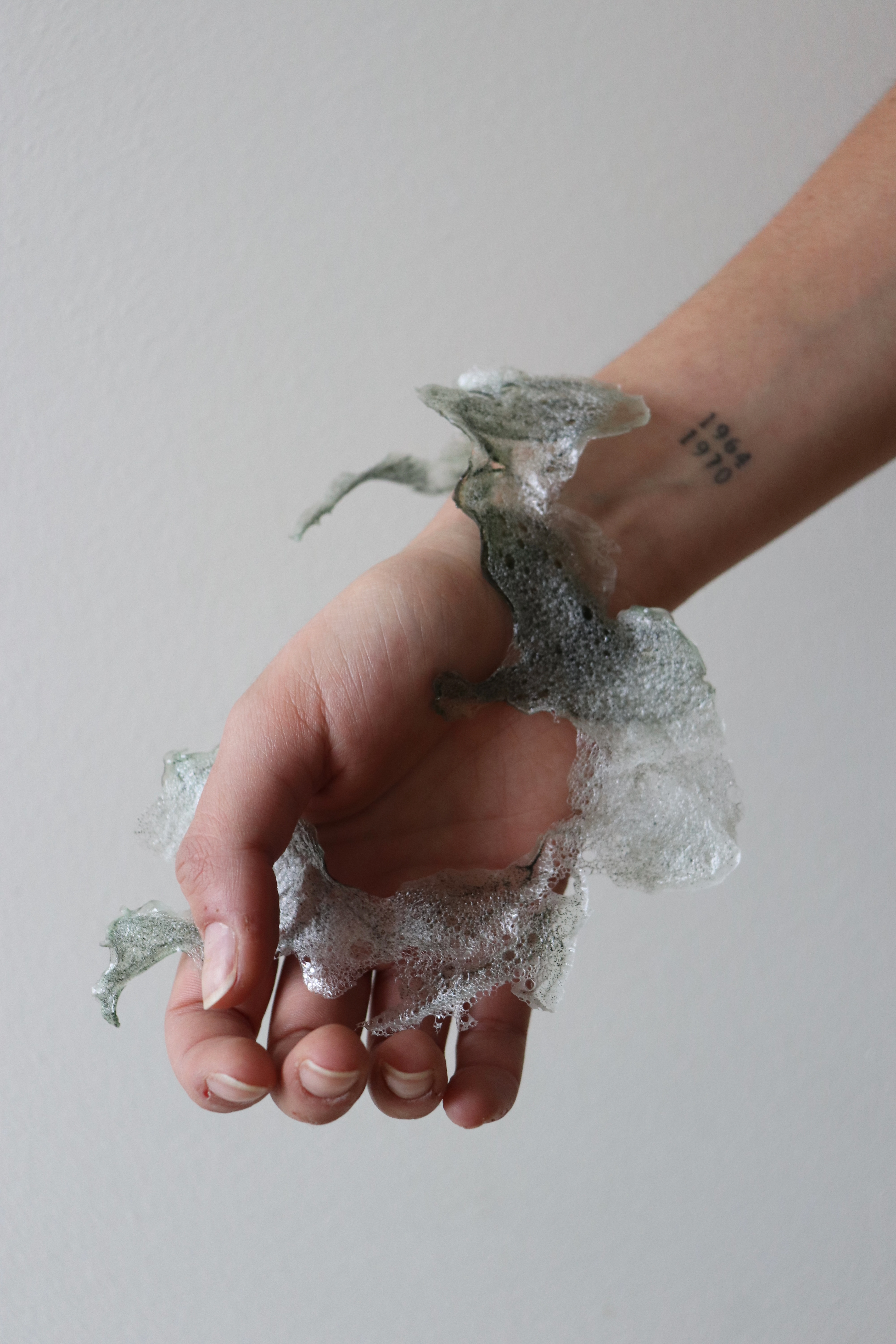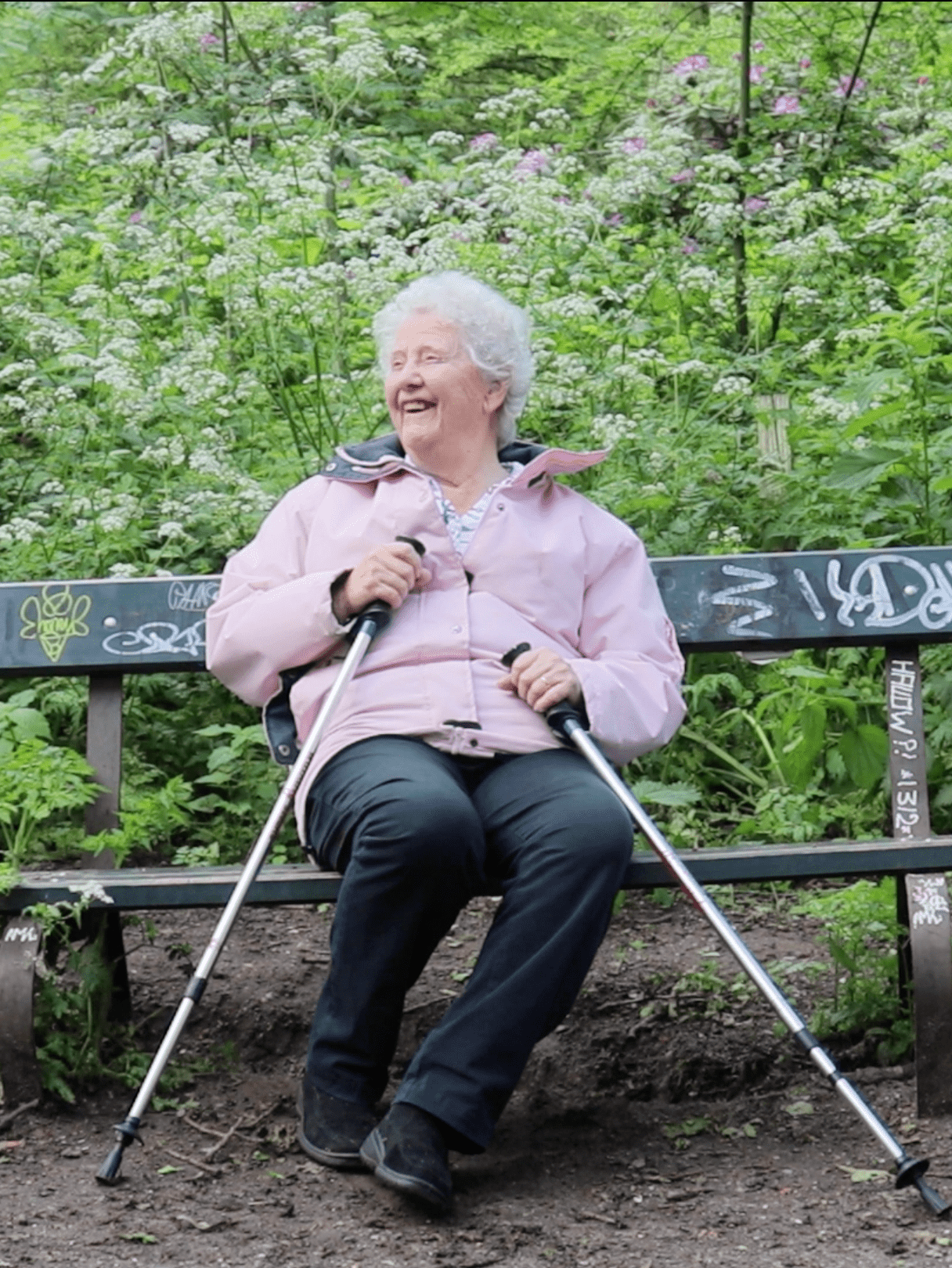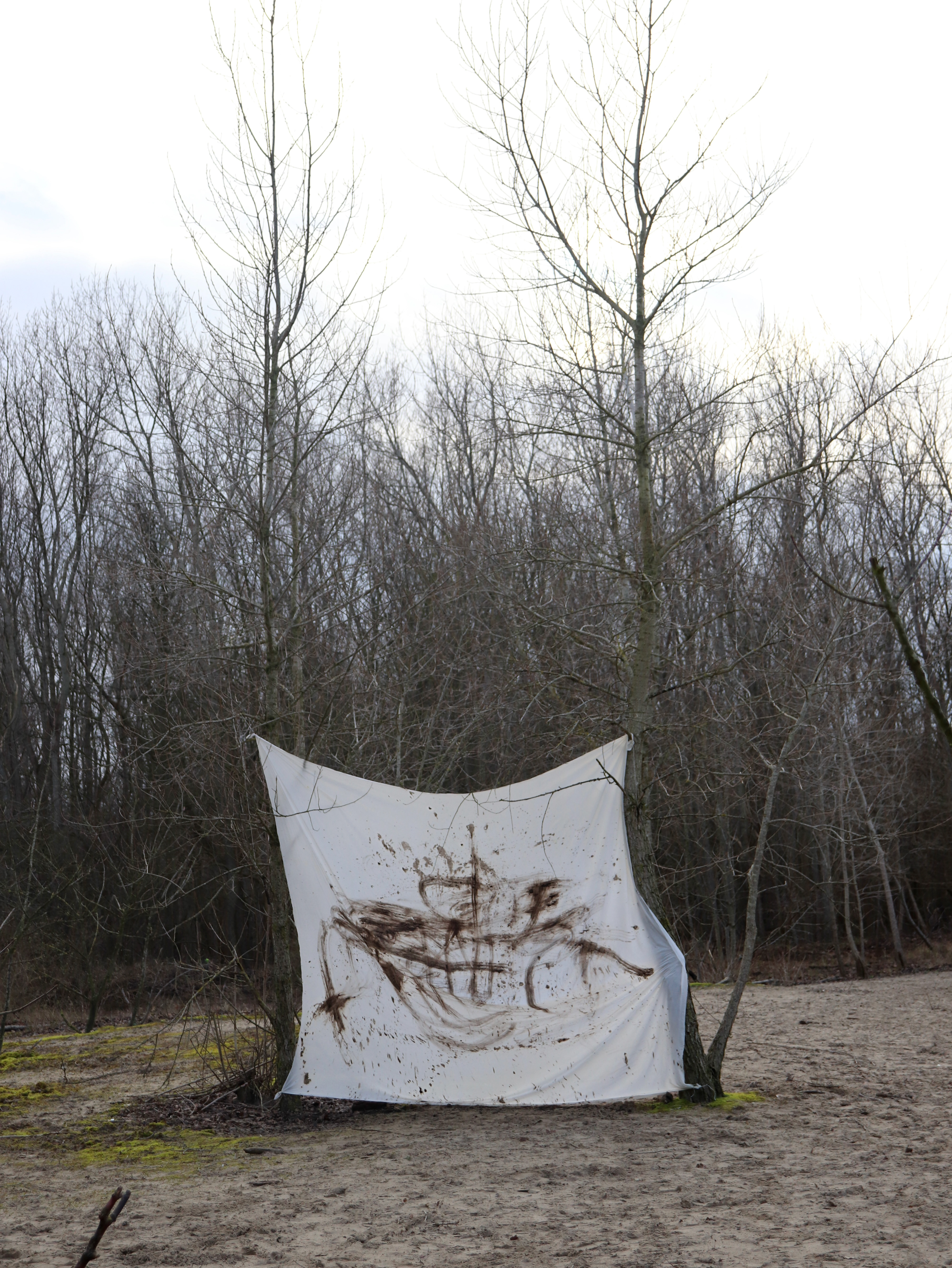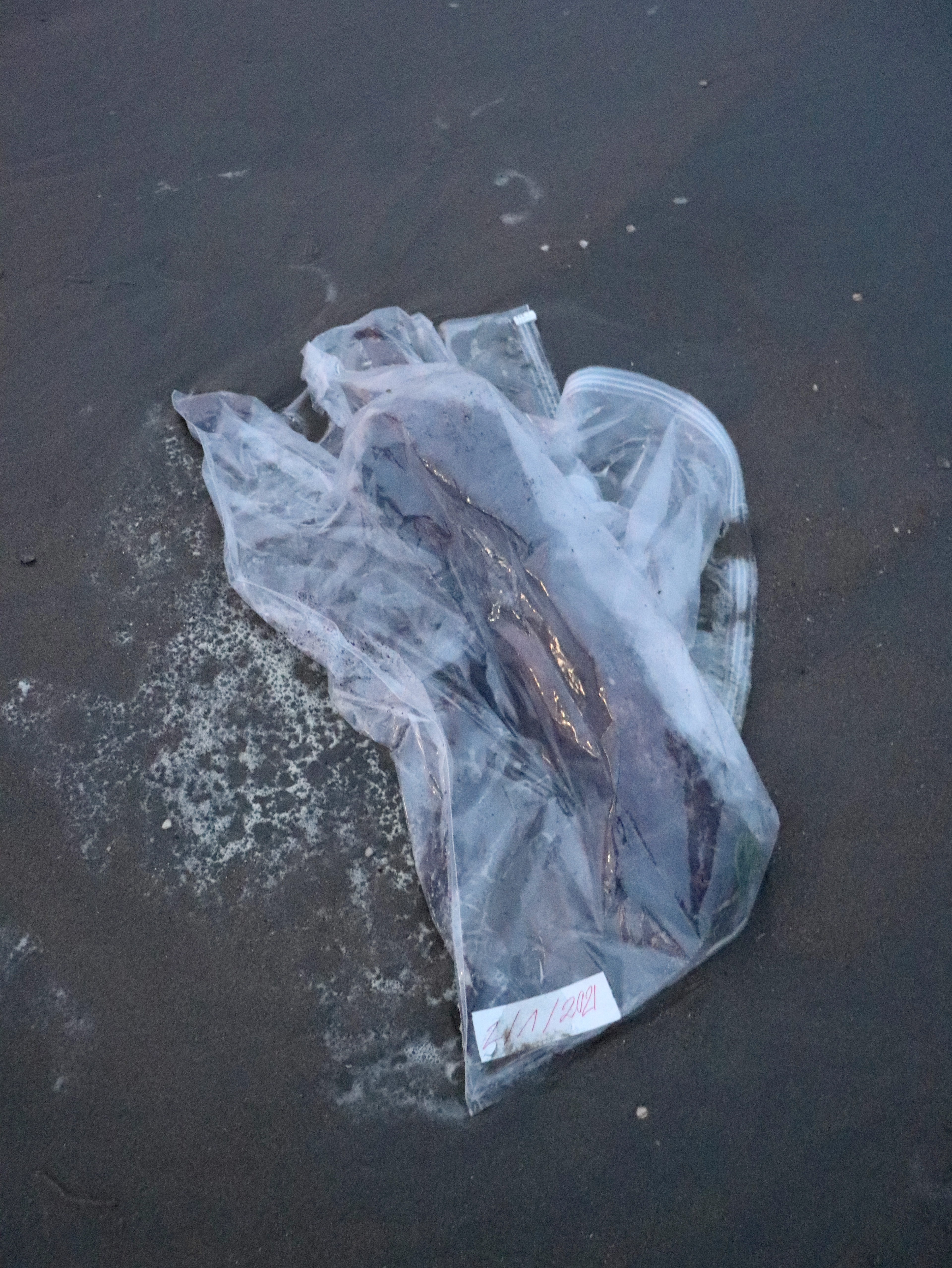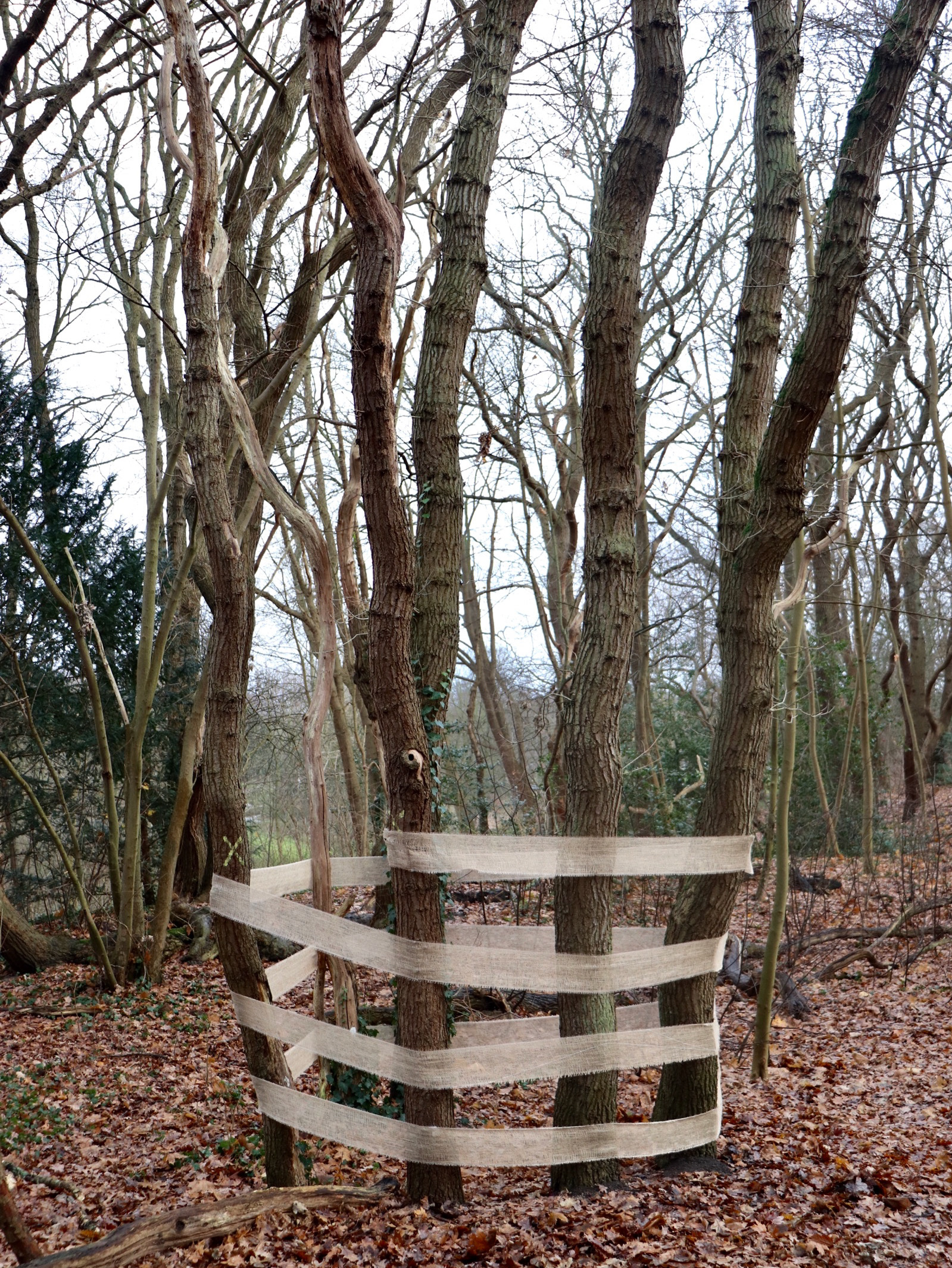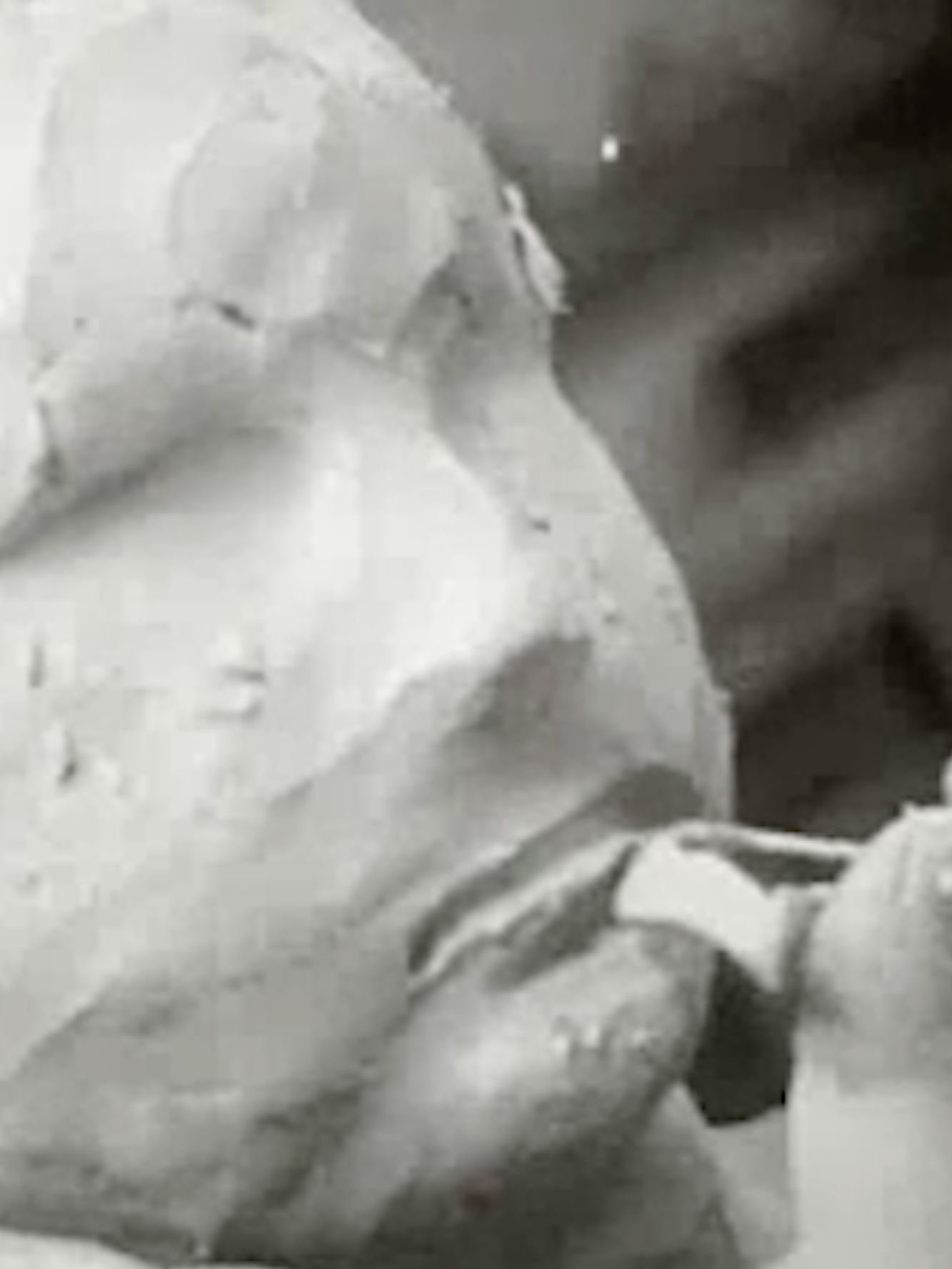Introduction:
“The Distinction between Humans and Nature: Human Perceptions of Connectedness to Nature and Elements of the Natural and Unnatural”
This project is a research into the relationship between people and the rest of nature, the non hu- man world. When we talk about nature, we are in fact always talking about our relationship with na- ture, never about the thing itself.
This research is a measurable psychological construct that moves beyond physical contact/ interaction with nature to an individual’s inner/ mental/ emotional perspective of their relationship with the natural world.
As part of the research process, I will create a Jewelry piece by which I can measure pro-nature conservation behaviors. It is a form of qualitative research, which focuses on collecting, evaluating, and describing non-numerical data.
As part of the research process, I will create a Jewelry piece by which I can measure pro-nature conservation behaviors. It is a form of qualitative research, which focuses on collecting, evaluating, and describing non-numerical data.
In this research I simply consider myself as the observer and the placer of a catalyst for this new interaction. This research will move between diffe- rent environments. Our natural and unnatural en- vironments. It has two types which will support my research; The Inner Environment and The Outer Environment. This research examines culturally, socially, historically and scientifically. The research aims to increase people’s engagement with the out- side world. This particular ecological idea—that what matters is found in relationships rather than things between us or within us—will be the focus of much of this work.
Why does it need to exist now? What is the urgency?
We need to stop viewing nature as a beautiful, lost paradise that existed before humans arrived and began destroying it. We have always defined nature to be all that is born, including plants, animals, the environment, the universe, and culture. We now live in a time when things that are manufactured and things that are born are increasingly blending, as evidenced by printed organs, farmed meat, and microbes that produce oil. The age-old division between nature and culture doesn’t seem to be a sufficient lens through which to view ourselves and the high-tech world in which we live.
Evolution continues. We are a product of nature and are a part of it. Nature is dynamic, never finished, and constantly transforming. For thousands of years, humans may have been a relatively unimportant species on Earth, but today, thanks to our technological innovation, we have changed the course of evolution and are changing the environment in which we first evolved.
The perceived separation between humans and nature have implications for subsequent environmental values, attitudes, and behavior to the extent of not feeling the painful price of its absence. If we do feel this absence we notice it in problems like mental illness, war, poverty, physical illness like cancer, climate change, deforestation, plastic in the oceans, nuclear radiation, and dwindling biodiversity - all evidence that we are out of harmony with our planet. We live remote from nature, denying its rhythms and processes in ourselves.
The best way to live in perfect harmony with our planet is through a deep connection with nature that generates respect for the profound knowledge and wisdom it affords us.
With cities growing and our surroundings chan- ging rapidly in urban settings, it is important to restore contact with nature for the physical well being and performance of the human being. We live in a world where nature is being destroyed for the benefit of humans. Once we have removed all nature we find ourselves trying to bring it back into our lives. More and more we keep expanding and we find ourselves in environments that are lacking in nature.
What I created/researched/prototyped in response to this situation/observation?
Through my research and practice I will create a garment/ jewelry, as a tool that assists in an individual’s reevaluation of their relationship. With this research I will start to construct such an ecology by examining many of the assumptions and biases that are built into our ways of thinking, and which are subsequently embedded in the tools we use every day so deeply that we rarely think to question them. I will start to dismantle some of the barriers and incorrect hierarchies that divide us from other species and the rest of the planet by reconsidering intelligence and the ways in which it manifests in other ‘beings’. We will then be able to establish new bonds based on respect and recognition for one another.
For many years now we have been speaking of ecology and sustainability as urgent and pressing needs for both the planet and human beings.
What I created/researched/prototyped in response to this situation/observation?
“
This project sets out to reintegrate this biophilic tendency back into society, especially in more modern urban environments, attempting to create a symbiosis between human and nature.
“
Two natures. One body. This work will be inspired by this problematic anthropocene era and with the purpose of reconnecting the human to nature. A nature we are so disconnected from, that we can’t even feel the price of its absence. We live distanced from our essence denying its rhythms and processes in ourselves.
“
Two natures. One body. This work will be inspired by this problematic anthropocene era and with the purpose of reconnecting the human to nature. A nature we are so disconnected from, that we can’t even feel the price of its absence. We live distanced from our essence denying its rhythms and processes in ourselves.
Through my research and practice I will create a garment/ jewelry, as a tool that assists in an individual’s reevaluation of their relationship. With this research I will start to construct such an ecology by examining many of the assumptions and biases that are built into our ways of thinking, and which are subsequently embedded in the tools we use every day so deeply that we rarely think to question them. I will start to dismantle some of the barriers and incorrect hierarchies that divide us from other species and the rest of the planet by reconsidering intelligence and the ways in which it manifests in other ‘beings’. We will then be able to establish new bonds based on respect and recognition for one another.
The work speculates what the world might be like if one key aspect of life changed, whether related to the planet or humanity. Of all life on Earth, plants are remarkable for their ability to turn sunlight into food in a process called photosynthesis. Human photosynthesis doesn’t exist; we must farm, slaughter, cook, chew and digest, efforts that require time and calories to accomplish.
As the human population grows, so does the de- mand for agricultural goods. Not only are our bodies expending energy, but so are the farm machines we use to make food. This leaves a considerable footprint. But what if there is something like human photosynthesis by changing our biology to evolve this plant-centric skill? If we could, just imagine how much time and energy people would save. We’d free up time for other pursuits. We’d eliminate food’s carbon footprint. We’d do away with starvation, malnutrition, and food-related allergies and illnesses.
With this work I am creating room for living organisms to take over control of the artwork because of my interest in decay, the partner to renewal. And this work is showing longevity through constantly renewing. Nostos Erda is a garment where the hu- man body is the support for nature to grow, live and create its lifecycle.
We now know that photosynthesis, which means “putting together with light,” is the process by which green ants and certain algae and bacteria take carbon dioxide, water, and light and transform them into oxygen and energy-rich sugars. The work speculates what the world might be like if one key aspect of life changed, whether related to the planet or humanity.
This work is a form of human photosynthesis by which it is changing our biology to evolve this plant-centric skill. Photosynthetic humans–endowed with the power to derive energy from the sun. Through this form of playful confrontation I invite the visitors to reassess their relationship with the more- than human world.
As a jewellery designer I will also play with the in- timacy of jewellery; the interaction between seeing something and thus leading the eye to what cannot be seen is endlessly varied and captivating. It is not only the shape of the body that determines the de- sign of jewellery; the colour of the skin also influences the colour scheme of jewellery.
How a piece of jewellery relates to the human body is primarily an issue of importance to the wearer. The same applies to the tactile qualities of a piece of jewellery. Size, shape, weight, colour and finish of parts that make contact with the skin can make a lot of difference to an individual wearer.
5 Key words
Two natures
One body
Our perceived separation, An individual’s revaluation, A playful confrontation
One body
Our perceived separation, An individual’s revaluation, A playful confrontation
